What is our theme?
Reduce, Reuse, Recycle
What is the lesson (overall purpose)?
Can you make a flower with recycled materials?
MA Guidelines/Standards:
Learning Outcomes:
The educator can emphasize valuing process over product by
Songs, Books & Videos (Motivational Techniques)
https://www.youtube.com/watch?v=WjW2agk7nOg Ms. Julia reading a book
https://www.youtube.com/watch?v=OasbYWF4_S8 Reduce Reuse Recycle Clip
https://www.youtube.com/watch?v=6T1ZKVPO-fM Ms. Amanda reading a book
Materials:
Toilet paper roll & Egg carton Flowers
Cupcake Liner Flowers
Activity (Procedure):
Toilet paper roll & Egg carton Flowers
Cupcake Liner Flowers
Activity Wrap Up:
Reduce, reuse, Recycle, what can you make?
How do I know what my child is learning? (Assessment)
Creating visual art is an ancient, and probably universal, practice. Young children start illustrating and decorating as toddlers, and are usually eager to work on and study art throughout their school years, if not through adulthood. With skilled guidance, making and studying art can help children cultivate not only art techniques and creative expression, but also thinking skills such as questioning, observing and describing, comparing and connecting, and exploring complexity. pg. 160
How can you extend this activity? (Modifications)
See materials listed above.
Helpful Hints: (Pitfalls & Solutions)
See materials listed above.
Reduce, Reuse, Recycle
What is the lesson (overall purpose)?
Can you make a flower with recycled materials?
MA Guidelines/Standards:
- investigate how various media, surfaces, tools, and techniques can be used to produce different visual effects.
- experiment with a single material/medium on multiple surfaces, try many materials on the same surface to discover the different ways materials can be used to produce a variety of effects, the advantages or disadvantages of each for specific purposes, and revisit materials to build on past experiences.
- experiment with combining various materials.
- use found materials to create collages (e.g., feathers, buttons, fabric, recycled materials). Pg. 161
Learning Outcomes:
The educator can emphasize valuing process over product by
- creating open-ended opportunities for the creation of art that encourage originality over conformity
- providing children with appropriate space, materials and sufficient time to experiment with their arts projects (e.g., extended time for practice, opportunities to perform)
- making accommodations for children’s individual abilities and needs
- recognizing that not all young children want to, or are ready to, articulate some ideas
Songs, Books & Videos (Motivational Techniques)
https://www.youtube.com/watch?v=WjW2agk7nOg Ms. Julia reading a book
https://www.youtube.com/watch?v=OasbYWF4_S8 Reduce Reuse Recycle Clip
https://www.youtube.com/watch?v=6T1ZKVPO-fM Ms. Amanda reading a book
Materials:
Toilet paper roll & Egg carton Flowers
- Toilet paper roll (or paper towel roll)
- Egg carton
- Scissors
- Coloring Tools
- Pipe Cleaners (or you could collect sticks from outside)
Cupcake Liner Flowers
- Empty water bottle and/or cup
- Pipe Cleaners (or you could collect sticks from outside)
- Scissors
- Coloring Tools
- Cupcake liners
Activity (Procedure):
Toilet paper roll & Egg carton Flowers
- Gather all materials
- Color the toilet paper roll, and then egg cartons
- Cut the egg cartons so you have each section separated (this will act as the flower petals)
- With adult supervision poke a hole in the flat part of the egg carton so you can stick your pipe cleaner through it.
- take your pipe cleaner/ stick and that will act as the stem for the flower. Poke one end of the pipe cleaner into the hole you made in the egg carton.
- Place flowers in toilet paper roll (vase)
Cupcake Liner Flowers
- Gather all materials
- Color empty water bottle and cupcake liners
- Take pipe cleaner and poke it in the flat side of the cupcake liner (pipe cleaner will act as flower stem)
- Place flowers in the colored water bottle vase!
Activity Wrap Up:
Reduce, reuse, Recycle, what can you make?
How do I know what my child is learning? (Assessment)
Creating visual art is an ancient, and probably universal, practice. Young children start illustrating and decorating as toddlers, and are usually eager to work on and study art throughout their school years, if not through adulthood. With skilled guidance, making and studying art can help children cultivate not only art techniques and creative expression, but also thinking skills such as questioning, observing and describing, comparing and connecting, and exploring complexity. pg. 160
How can you extend this activity? (Modifications)
See materials listed above.
Helpful Hints: (Pitfalls & Solutions)
See materials listed above.
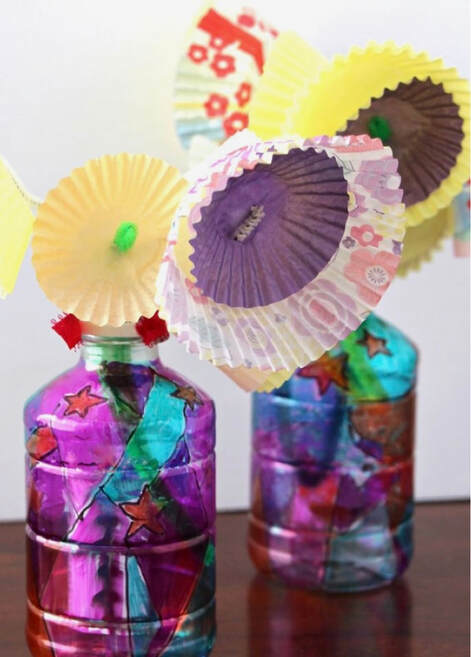
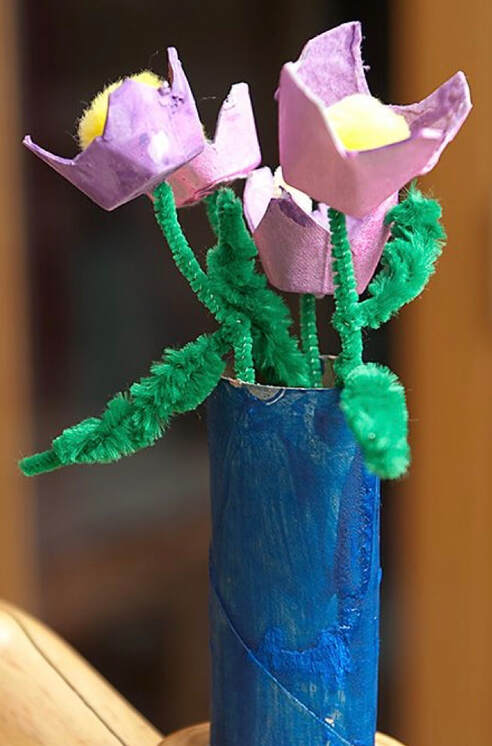
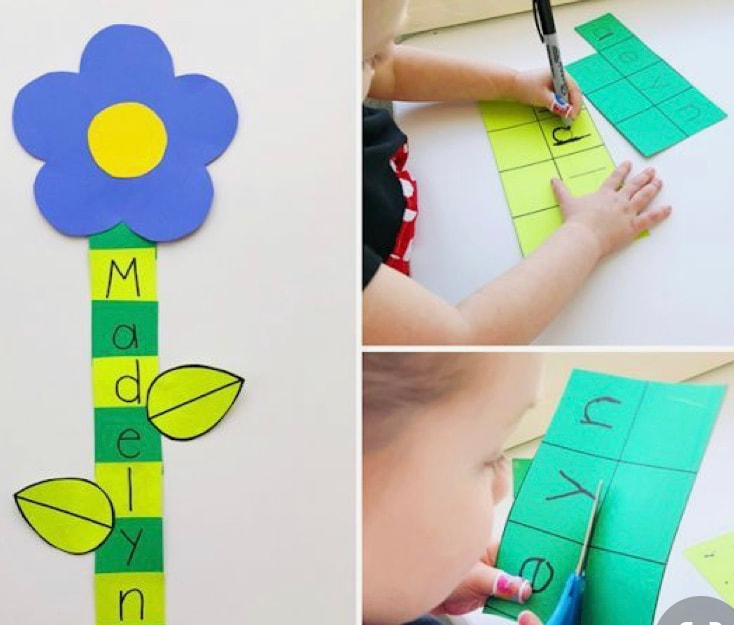
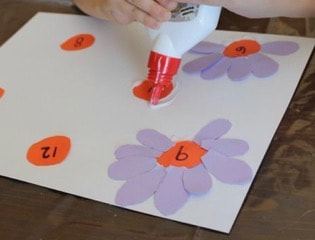
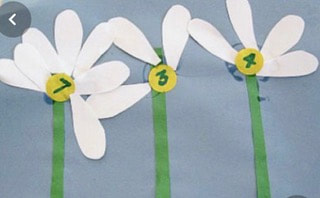
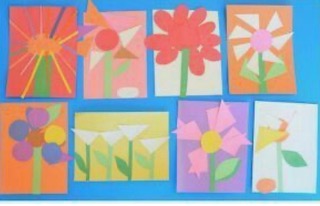

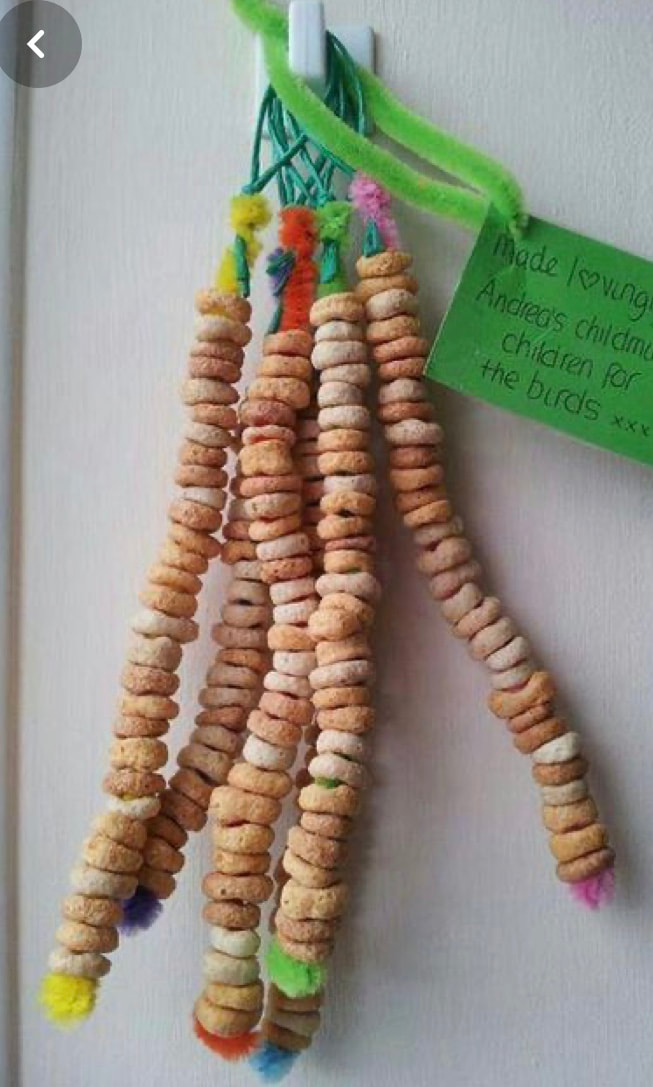
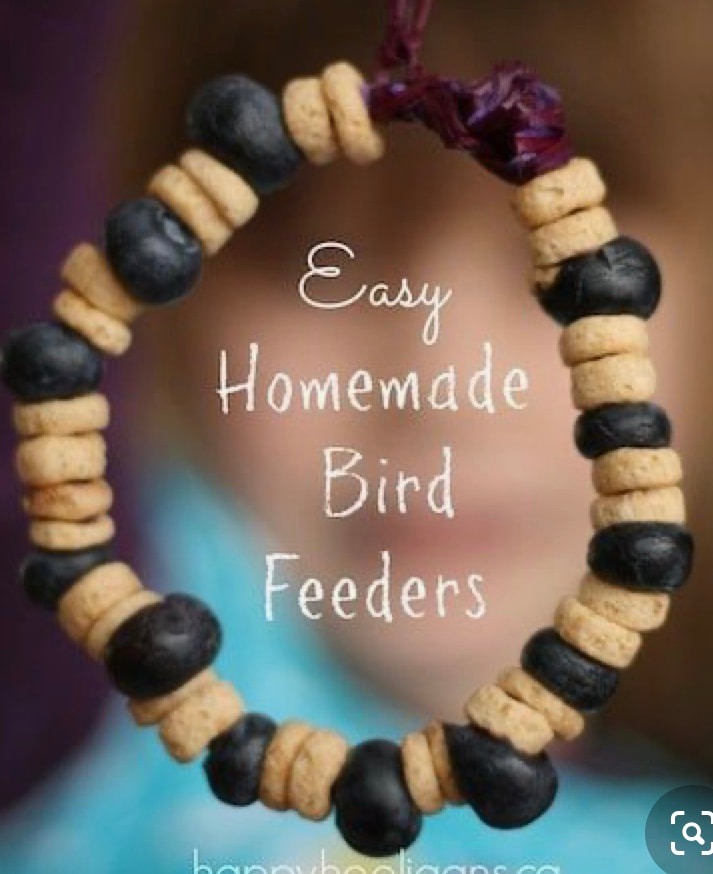
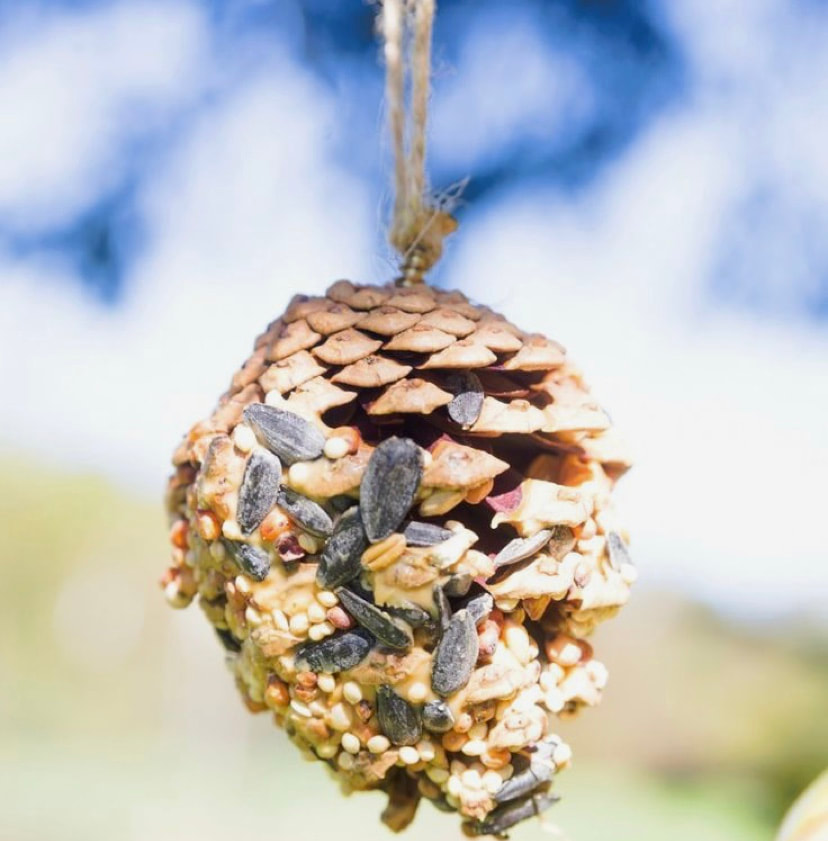
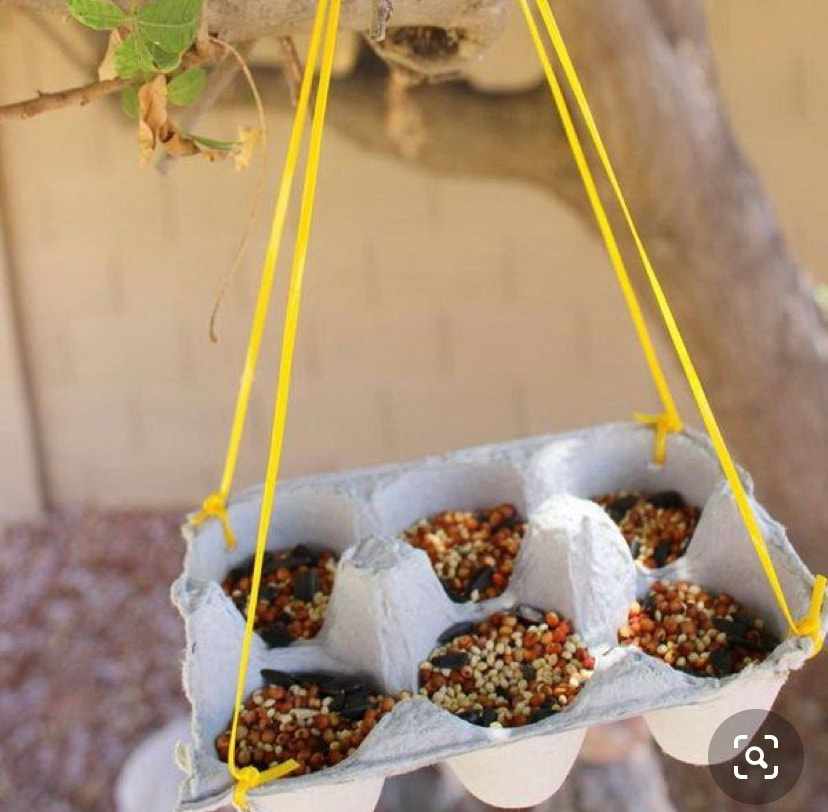
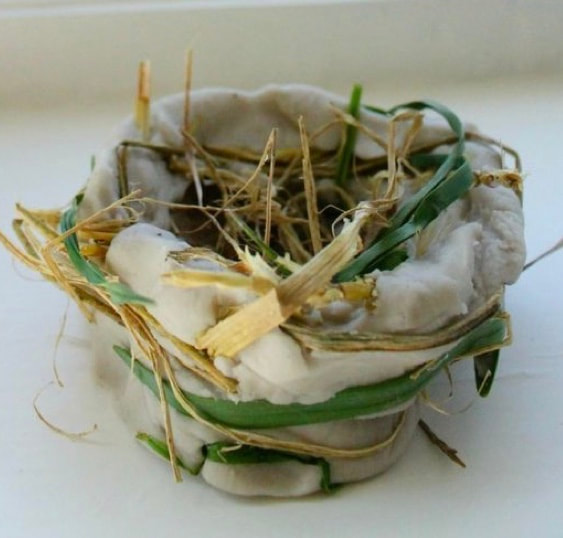
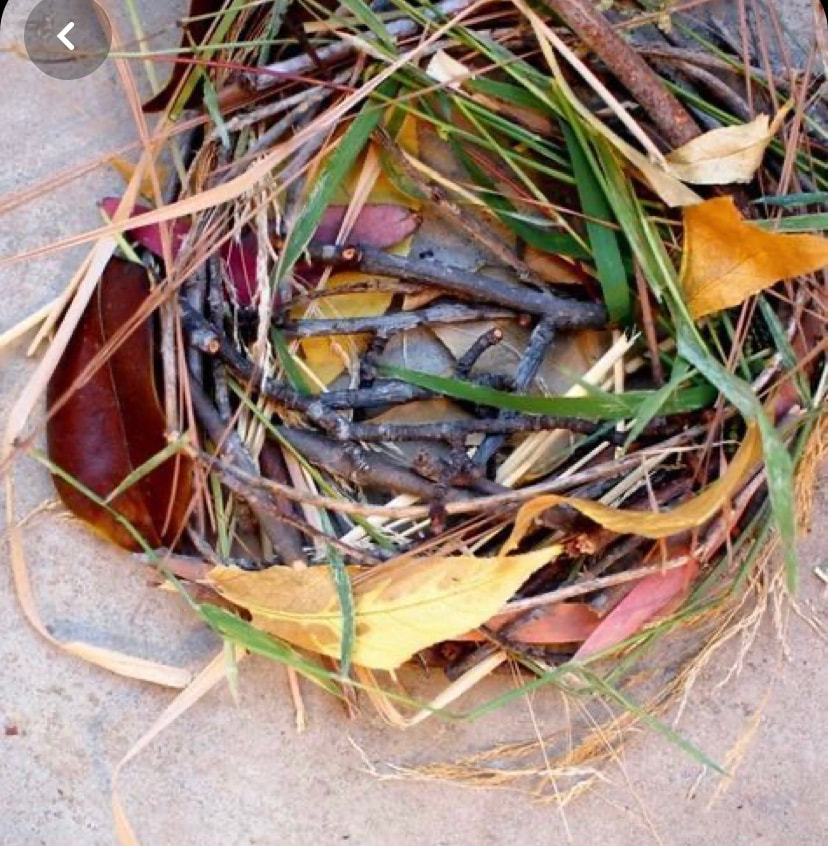
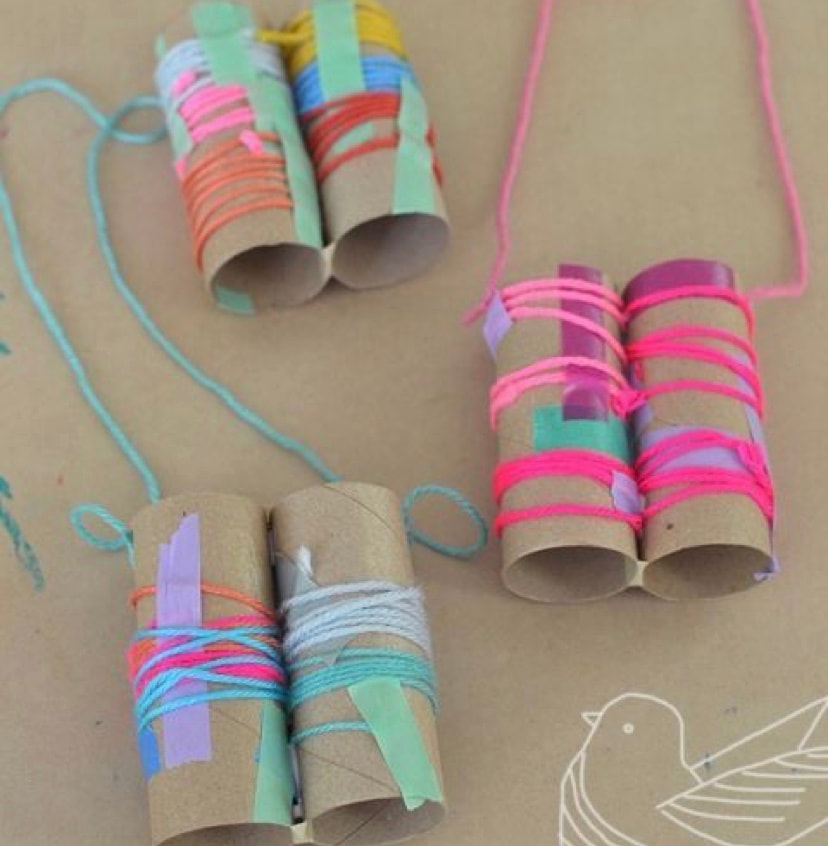
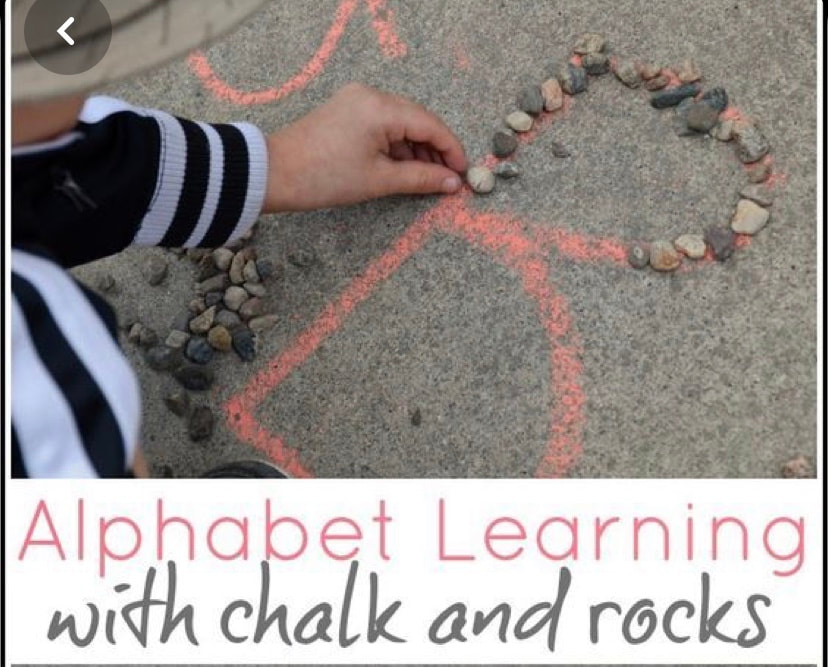
 RSS Feed
RSS Feed
